
This brings us to the predictable question, what makes the following article any different from every other? In concept, nothing. In content however, it highlights articles, technologies, and products that Sensors Online readers have found the most important for their work and/or personally interesting over the past year.
Curiously, some of the items that were most popular to our readers in 2017 are not necessarily the most current. One of the most read articles first appeared in 2001. Be that as it may, based on collected data and statistical analysis, which our marketing people have spared no expense or hardship in acquiring, we can revisit the top articles and sensor products and technologies of 2017 that piqued the curiosity of the sensors community. Let us begin with the most viewed articles starting from lucky eleven and work our way up to the Capo di tutti Capi of articles, numero uno.
Top Sensor Insights of 2017
Each week in our regular newsletter, we present Sensor Insight articles written by people working in the sensor arena and related technologies. These articles lean towards the tutorial side, offering solutions to design issues, describing new technologies and techniques for their application, and descriptions and predictions of and for established and emerging markets. Starting at number eleven, we recap the top, most read articles of this past year.
11. Smart home and business technologies continue to gain ground. Environmental control, be it heating/cooling, ambience, or security, is a growing market that continues to offer room for innovation. In the area of ambience-control, David Parret’s article, Five Must-Have Features In Commercial Lighting Control Mobile Apps, more than piqued the curiosity of our readers.
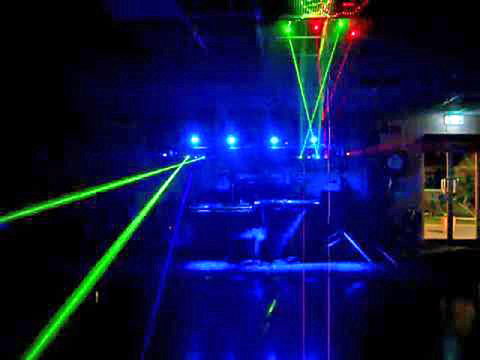
10. As more drones take flight for a variety of useful applications other than taking videos of grass growing, designers are confronted several design issues. Do you know How Many Sensors are in a Drone, And What They Do? Chris Winkler knows and shared that knowledge with many of our readers
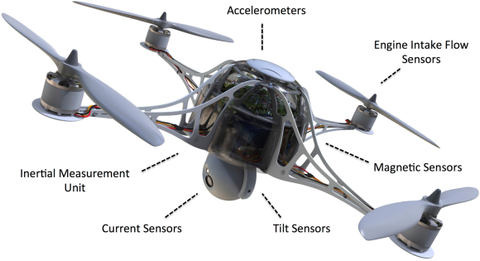
9. Flexible, stretchable, wearable sensors are hot-ticket items. The components are becoming prominent in many markets, particularly health, fitness, and medical devices. Gabriela Lee and Tingrui Pan reaffirm this in their article titled Flexible, Transparent, Ultrasensitive Pressure Sensors Impact Many Applications.
8. Christopher Konvalin took on some tricky challenges in sensor applications. You the readers were quite engaged with his Compensating for Tilt, Hard-Iron, and Soft-Iron Effects article.
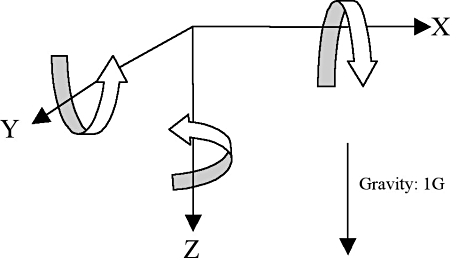
7. There is never a deficit of IoT speak as the industry is still in the throes of embracing and coping with this concept, which really is nothing more than another term for networking on a larger scale. Despite the inevitable deployment of IoT tech, some companies are resistant to hopping on board. Why? Michael Kotelec tells you all about it in his piece on Identifying Barriers To IoT Adoption In Manufacturing.
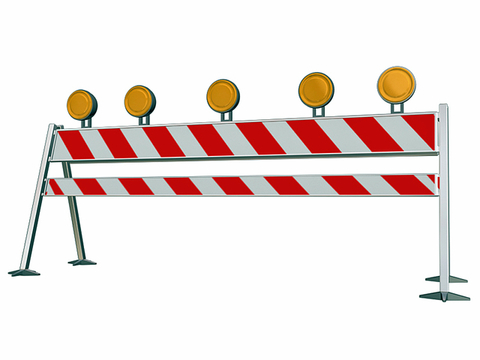
6. Sometimes the simplest concepts require making complex decisions. Active or passive sensors, which should you choose for your design? Greg Rice can help you out, evidenced by the popularity of his informative offering, Smart Passive Sensing – Redefining Measurement Possibilities.
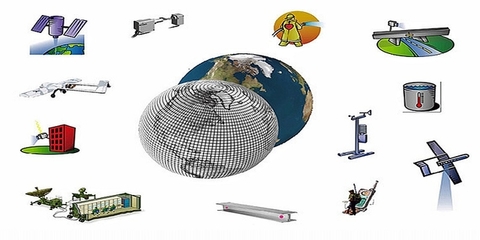
5. Few, if any, would disagree that autonomous vehicles, a.k.a., driverless cars, is and will be a major topic well into the years to come. The number of technologies involved in making autonomous vehicles functional, efficient, and safe are many and sensors are the lifeblood of these designs. Readers were most interested in learning about the Three Sensor Types Driving Autonomous Vehicles.
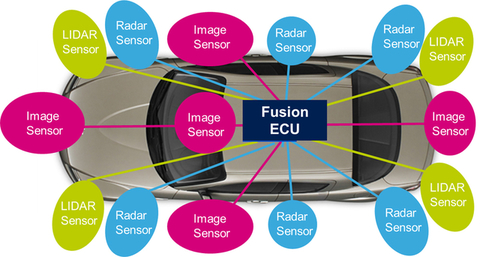
4. People, particularly those in marketing, lose sight of the primary purpose of technical B2B publications, which is to act as an educational reference. Articles, new and archived, offer a great resource for both the seasoned engineer and student. Hobbyists also benefit from this resource. A prime example is the popularity of Robert E. Bicking’s article, Fundamentals of Pressure Sensor Technology, that first appeared Nov 01, 1998, and is still drawing eager interest.
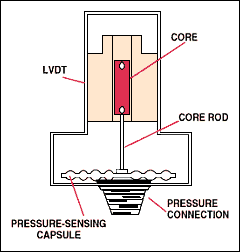
3. Not everyone involved with temperature applications knows how to effectively make important measurements. David Pereles is still teaching many readers the value of Using Precision Digital Multimeters for Quick Checks on Temperature Transducers.
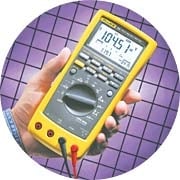
2. Leak-and-level detection is a big area, covering all applications from small homes and high-rise apartment/office buildings to rugged outdoor terrains. But to handle these chores, one must know the basics. Many of our readers have found Henry Hopper’s article A Dozen Ways to Measure Fluid Level and How They Work to be a valuable resource.
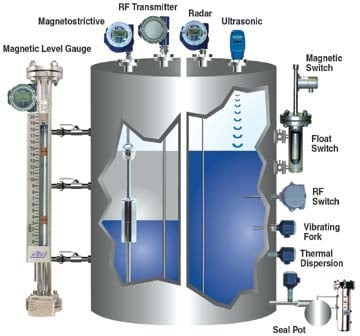
1. Do you know what a manometer is? Do know what it is used for and/or the basics of how to use a manometer? Either the engineering community really does not know what this old and analog device is and what its applications are or they want to take a trip down memory lane when they flock to this article, Manometer Basics by Dave Thomas that was published on October 1, 2001. To date, it is one of our most viewed and referred to Sensor Insight. Go figure!?
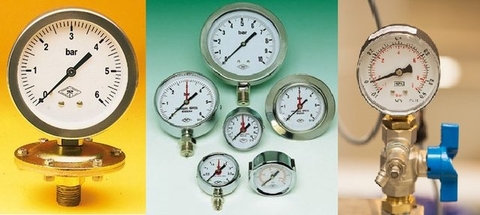
Top Products & Technologies of 2017
The technology market has never been in a state of static rest. There is never a shortage of products being introduced, existing devices being used for unique applications, or new technologies that combine related and unrelated devices to create a novel application.
By sheer volume, it sometimes becomes quite difficult to adequately cover every new product, let alone decide which ones would be of the most interest to designers, EEOEMS, and engineers. Also, market news items, i.e., which markets are going to be raking in the dough several years down the road is another area of interest to Sensors Online readers. Apparently, we have made the right choices in our coverage. On that fact, here are the product and market-news stories that captured the most interest in 2017.
- Image Grade LiDAR In A League Of Its Own
- Solid-State LiDAR Exploits 3D Sensing
- Ultrasonic ToF Sensors Boast Of Millimeter Precision
- Server Rules With Four NVIDIA Tesla V100s
- IoT Sensors Harvest Their Own Energy
- Motion Sensing Technology Enhances Health & Fitness Products
- Wearable Sensors Detect Sleep Apnea
- Smart Sensor Drives Disposable Wireless Temperature Loggers
- Single-Chip Balun Eliminates Antenna Circuitry
- Intelligent Dust Sensor Promises Better Air Quality
- Remote Health Monitor Uses Vital-Signs Login
What You’ll Read About In 2018
This is the part where the authors of the aforementioned “obligatory end of year recap articles” will say they don’t like to make predictions, then go on for three or many more pages making them. Next comes, the three or many more pages pointing out that these predictions are just opinions and various options for how things could turn out so that the author cannot be accused of an erroneous “opinion” on the future.
That will not be the modus operandi here, I’m more than happy to state some well-known facts about the future of sensors and sensor technologies. Bear in mind, we are not talking MP3 players, iPods, compact discs, and/or composite A/V connectors, i.e., ancient history. All the technologies discussed in the Sensor Insight articles listed, and those that did not make the top list, are in a constant state of development, which will then lead to various stages of evolution.
When it comes to sensors, they are timeless devices. Yes, there will be many developments in their evolution, like constant miniaturization and sensor fusion to name but two. However, their versatility remains. A pressure sensor is a pressure sensor whether it is used in weather-prediction applications, automotive systems, or augmented-reality designs. Case in point, look at all the home heating systems that have that old, analog manometer on top.
Of course, like the previous two lists, we could narrow things down to what will be the top tech markets for innovation in 2018. I would, without second thoughts and not in order of importance or interest, say the following markets and their related technologies and products will be vying for your attention:
- Autonomous vehicles and aircraft, possibly more marine craft
- Artificial intelligence, which includes machine learning
- Augmented and virtual reality
- Embedded systems and software
- Internet of Things (IoT) and Industrial Internet of Things (IIoT)
- Wearable sensors
- Medical and healthcare applications
- Energy harvesting and other power sources
- Gallium Nitride (GaN) taking over for silicon
- Security applications
- New protocols and government involvements
One of the most fruitful areas for news over the next few years will be artificial intelligence (AI). You have two components in play that will be ripe for many interesting developments: the emerging technologies and the reactions to them. Several companies are currently riding the AI wave: Can You Name The Top 100 Artificial Intelligence Companies? Also, LG Launches AI Initiatives. In terms of when AI starts going mainstream, a noted stockbroker suggested investing heavily in companies specializing in crowd-control products.
One truly important suggestion I can make is to stay on top of these developments as they occur. And the best way to do that now and well into the future is to subscribe to Sensors Online Newsletters.
One last note about technologies we covered in 2017. At Sensors Midwest back in October, many exhibitors and attendees thanked me for covering a technology they found highly useful now and extremely viable for the future. It is a very simple software app that tells you where to go and how to get there: Gotta’ Go? App Tells You Where. Hey, when you gotta’ go, ya’ gotta go! And I have to go; have a happy and fruitful 2018. ~MD
